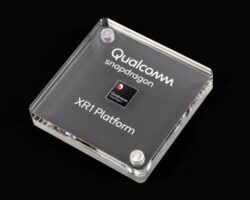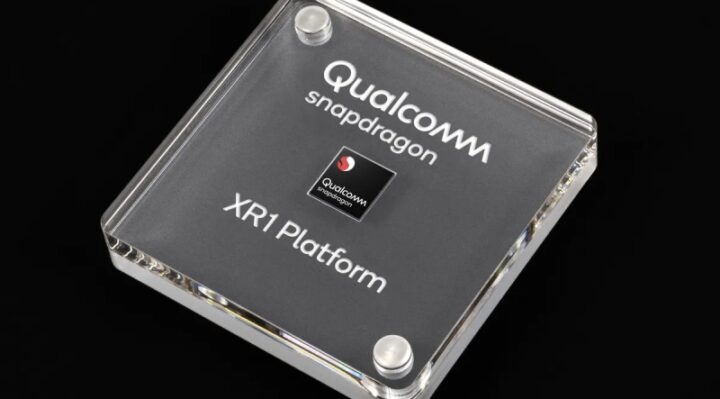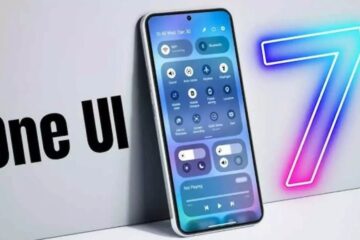Qualcomm’s new VR chip to be used by Google and Samsung could compete with Apple’s and Meta’s VR chips


Google LLC (GOOGL) and Samsung Electronics Co. plan to include Qualcomm Inc.’s (QCOM) new chip for virtual reality (VR) and augmented reality (AR) into their immersive experience technologies.
In the VR and AR headset market, the companies may be able to compete with Apple Inc. (AAPL) and Meta Platforms Inc. (META) with the help of the new Qualcomm processor.
The “single chip architecture” of the Snapdragon XR2+ Gen 2 Platform, according to Qualcomm, is an improvement over the Snapdragon XR2 Gen 2, which the company released in 2023.
In addition to other improvements, the most recent version of the processor has increased graphics processing (GPU), artificial intelligence (AI), and camera capabilities.
Vice president of AR at Google Shahram Izadi stated, “We look forward to continuing our collaboration with Qualcomm Technologies and Samsung on the future of immersive and spatial XR.” The tech giant also expressed excitement for the Android ecosystem to “take advantage of Snapdragon XR2+ Gen 2’s capabilities and enable new experiences.”
Inkang Song, vice president and head of technology strategy at Samsung, echoed the sentiment, stating that the company “aim[s] to create the best-in-class XR experience for Galaxy users” and that “Samsung is thrilled to collaborate with Qualcomm Technologies and Google in revolutionizing the mobile industry once again.”
In the VR market, the new technology might help Google and Samsung compete with other digital giants.
In June 2023, Apple unveiled the Apple Vision Pro. Even while the VR headset from the iPhone maker “is expected to bring lots of attention” to the technology, International Data Corp. (IDC), a market research organization for IT, predicted that Apple “will likely ship fewer than [200,000] units in the year.”
With the Quest 3 headgear, Meta has dominated the VR industry, capturing 55% of the market in the third quarter of 2023, according to IDC.
After a challenging year for the industry in 2023, IDC views 2024 as “a year of tremendous recovery” for shipments of AR/VR headsets, driven by the new products from Apple and Meta. “Macroeconomic pressures on households combined with slowing spend in the commercial segments have put a damper on growth,” according to IDC, for the year that just concluded.
As of approximately 3:20 p.m. ET on Thursday, Qualcomm’s shares were down 0.7% at $136.56 a share, but they have gained more than 22% in the previous year.
Investopedia mandates that authors cite original sources to support their arguments. White papers, official data, original reporting, and interviews with business experts are a few examples of these. When necessary, we also cite original research from other reputable publishers.


